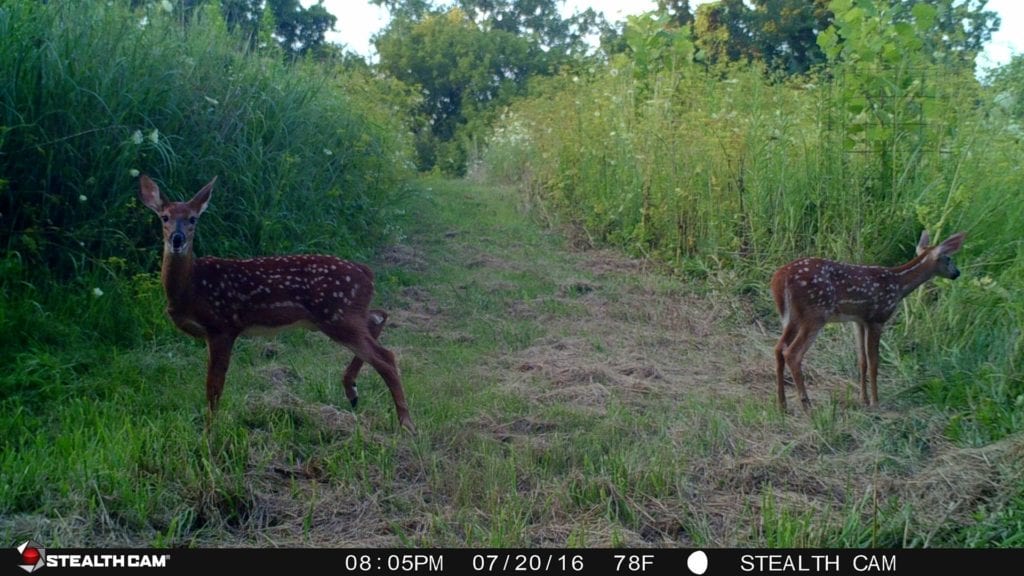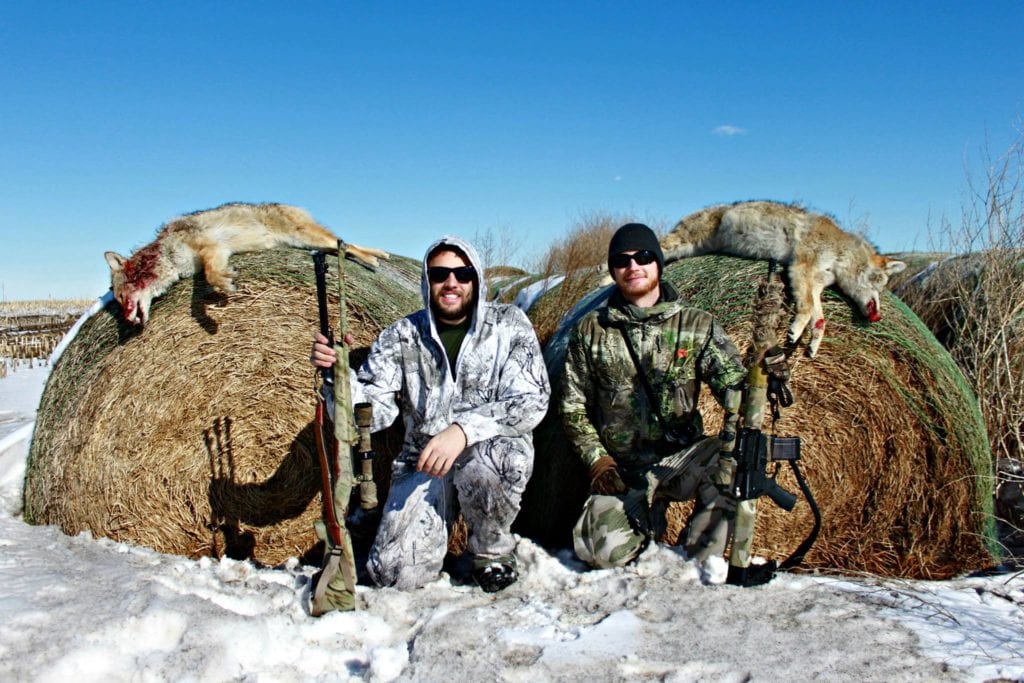As sportsmen, I often feel like we’re trying to justify what it is that we do. Just look to social media, where you’ll see a fisherman with a bucket of bluegills captioned, “Had to fill the freezer,” or a hunter holding a scraggly buck that says, “Needed to get this one out of the gene pool.” With coyote management, it’s a lot of the same. Outdoorsmen typically perceive what they’re doing as a favor to deer and wildlife in general. It’s why we refer to coyotes as “fawn eaters,” and hear hunters say things like, “the only good coyote is a dead coyote.”
Is that accurate, though? Are we as hunters actually helping the herd by killing coyotes?
What Science Says About Coyote Management
Years of studies have agreed on one thing: that coyotes rarely are a threat to adult deer. Only in northern areas, where snow slows down big game, are coyotes successfully hunting down and killing mature whitetails. Even then, biologists believe that it’s just alpha pairs taking on adult deer, representing only a few coyotes out of each pack. Your big bucks are more likely to succumb to EHD, get hit by a vehicle or be killed by another hunter than to get drug away by coyotes.
For fawns, though, it’s a different story. Coyotes of all statuses prey on fawns in spring, from the lowly transients to the prestigious alpha males. Their impact is significant, too, with studies showing that fawn mortality from predators can account for 25-80% of deaths. Most of these kills take place in the first couple weeks after birth, when deer are most vulnerable. However, these numbers aren’t the most important thing to consider when looking at a coyote’s influence.

There is no question that coyotes are one of the largest threats to whitetail fawns in their first 3 months of life. However the long-term health and population of whitetails does not appear to be affected by coyote predation.
There are two types of predation, additive and compensatory. Additive predation is when predator kills add to the total mortality rate, which means they kill an animal that would have survived otherwise. Compensatory predation is when predator kills don’t affect the total mortality rate, which means they kill an animal that would have eventually died anyway. The relationship that coyotes and fawns have seems to fall under compensatory predation.
Two studies in Texas created predator free zones by fencing off a large area and removing all the coyotes. The first study simply showed that the removal of coyotes increased fawn survival, but didn’t change the population density long term.
The second study showed that the deer population quickly swelled, but crashed within a couple years to match the population on the outside of the fence. It also revealed that the deer within the predator free zone weren’t as healthy and had a poorer diet. Overall, the coyotes actually had a stabilizing effect by killing fawns and keeping herds in check.
Verdict: Overrated
Predator management is overrated. Yes, by killing a coyote you are helping save some fawns, but the population will always find its equilibrium and level out. The same can be said for predators, which will also always find a way to bounce back, even after years and years of intense hunting.

Although reducing coyote populations does not seem to have a direct impact on deer populations, coyote hunting can still be a lot of fun during the winter months!






